Aligning Your Organization with U.N. Sustainable Development Goals

Many organizations—businesses, nonprofits, and government agencies alike—hope for a better world, but devising a specific plan to make measurable improvements over time isn’t easy. In this post, we explore how the U.N. Sustainable Development Goals (SDGs) can help organizations of any stripe do just that.
In September 2015, the United Nations asked businesses, nonprofits, individuals, and government agencies around the world to collaborate on solving society’s biggest global problems by 2030. Each year during Global Goals Week, civic, NGO, and corporations alike should reflect on progress and make a renewed commitment to reaching these goals.
Regardless of size or designation, any organization can work toward these sustainable development goals. However, if you’re a for-profit business or social enterprise your efforts don’t have to operate exclusively from profit. Using a variety of systems thinking and social innovation techniques, organizations can integrate the U.N. SDGs directly into their business models. Let’s briefly explore what the SDGs are and how we can collectively rise to meet them.
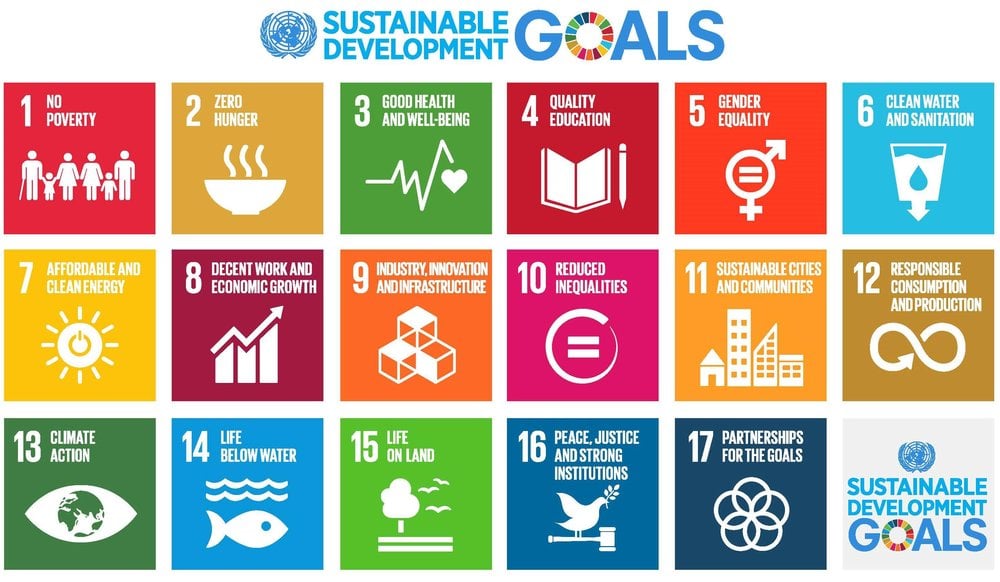
U.N. Sustainable Development Goals
As part of their 2030 Agenda for sustainable development, 193 U.N. countries around the world drafted and adopted 17 audacious goals in 2015. To be executed in just 15 years, the United Nations’ Sustainable Development Goals are meant to address the biggest problems we face on this planet.
They include everything from ending poverty and hunger to sustainable consumption patterns, economic growth, social justice, access to healthcare, renewable energy, clean air, clean water, and so on. Under these goals are 169 ambitious targets to indicate what success could look like.
Here’s a short video with lots of famous people explaining them:
It’s a tight deadline that’s coming up fast. Achieving these goals will require that all sectors of society—governments, businesses, nonprofits, and the general public—work closely together.
Success relies on organizations weaving the goals (and their subsequent targets) into all projects as well as into the organization’s structure, making SDG performance second nature.
How Companies Align Profit With the SDGs
To foster long-term success, organizations should seamlessly blend their social and environmental performance into their business models, creating money-making entities whose purpose is directly aligned with society’s well-being.
Fueled by profit-driven social innovation, the ways in which these organizations create change are as limitless as one’s imagination.
Thousands of social enterprises are already showing us how that’s done:
- Seattle-based Evernu partnered with Levi Strauss & Co. to produce the first jeans on the market made from waste cotton that has been converted to renewable fiber.
- New York state’s Ecovative uses mycelium-based biomimicry techniques (think mushrooms!) to grow a line of positive-impact, organic products that range from packing materials to home furnishings.
- Portland-based Elephants Delicatessen scaled both impact and revenue, folding values-based decision-making into everything it does and donating over $100,000 in fresh food, diverting 46% of their food waste to agencies that repurpose it.
- Here in Chicago, social enterprise Bright Endeavors trains and mentors young moms from underserved communities to make soy-based candles, securing quality employment and a path to professional success.
Moving Beyond Corporate Social Responsibility (CSR)
[The problem is] about making every group inside of a company responsible for delivering a single, seamless experience to their customers.
— Cliff Kuang, The Secret to 21st Century UX is Organization Design
While these organizations may not have set out to specifically achieve the U.N. Sustainable Development Goals, their efforts each align with several of the goals. Their efforts go far beyond standard CSR and traditional philanthropy to embrace true social innovation where purpose and profit are uniquely aligned to drive the organization forward. Research has shown that these types of purpose-driven organizations are more successful in the long-term.
However, building consensus on big picture change is no easy feat, especially within large organizations. This requires that all facets of an organization align on a single vision—from simply pursuing short-term profit to creating shared value and long-term well-being for people and the planet.
Businesses have not historically been very good at this.
Mr. Kuang’s post, quoted above, is specifically focused on customer experience. However, because of the far-reaching implications that the SDGs will have across departments, business units, and supply chains, organizations looking to implement SDG projects will face similar challenges.
To evolve, organizations should consider changing how they operate:
For-Profit Companies
Corporate Social Responsibility (CSR) efforts within for-profit companies need to evolve from operating as siloed departments with few resources to a general philosophy that is baked into the company’s DNA at every level. These enterprise-wide efforts could be driven by pursuing SDGs alongside and in tandem with profit.
Nonprofit Organizations
Nonprofits, which already have change-making missions at their core, should, in turn, operate as social enterprises, identifying self-sufficient ways to generate sustainable income outside of traditional philanthropy, which can be uncertain and challenging. This will help them better pursue SDGs and remain financially solvent in good or bad times.
Government Agencies
Both nonprofits and private sector businesses should actively partner with civic organizations to enact legislation required to make SDG-related change happen. Government agencies should make it easier for these organizations to get (and stay) engaged by operating with higher levels of transparency and use digital channels whenever possible to cut down on red tape and alleviate blockers to positive societal change.
These are simple descriptions of complex change management processes, of course. Regardless of organizational structure, however, whole systems thinking and design thinking exercises that incorporate the SDGs can help any organization better address these challenges and thrive while doing so. Cross-sector partnerships with organizations that focus on areas where yours is weak can help a great deal as well.
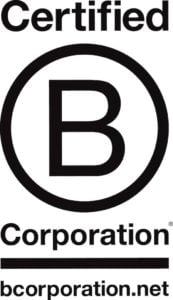
B Corps and the Sustainable Development Goals
As a Certified B Corp, companies like Mightybytes have an advantage in how we meet sustainability goals. B Corps are hardwired to blend purpose with profit. Sustainability efforts play a big role in how we do that. Plus, the B Impact Assessment provides a great toolkit for continuously improving upon these goals over time.
Mightybytes (and all Certified B Corps) use the B Impact Assessment to audit our social and environmental impact over time. This gives us a flexible roadmap for building a better business that is, conveniently, aligned with the SDGs.
We use its principles to guide our decision making on everything from impact business models and the clients we pursue to how we generate profit and support ongoing philanthropic efforts. Then we do what our resources can support over time.
Mightybytes and the SDGs
We have found that several existing efforts at Mightybytes align nicely with the U.N. SDGs. They also provide an opportunity to intentionally incorporate SDG principles into future projects as well.
Here are some examples:
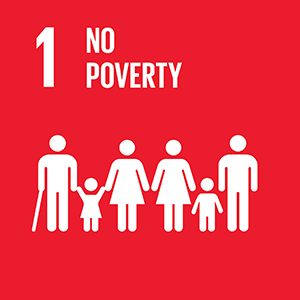
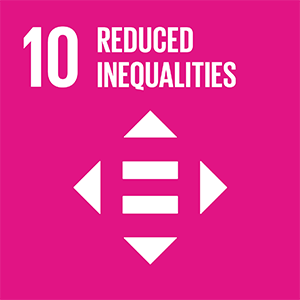
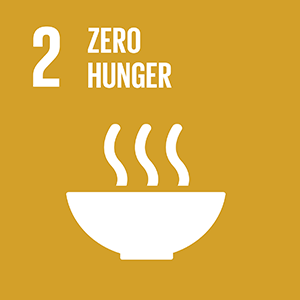
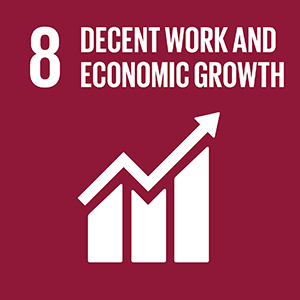
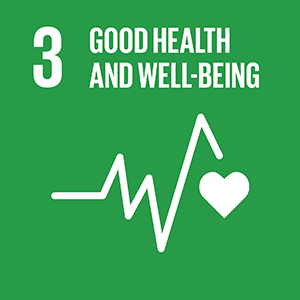
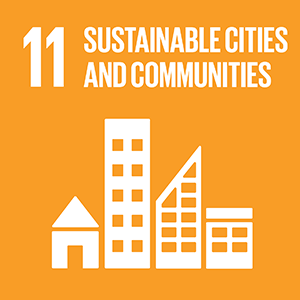
Wages and Benefits
Mightybytes is based in Chicago. By paying all our employees a living wage and offering the best benefits that we can afford, Mightybytes addresses SDGs 1 (no poverty), 2 (zero hunger), 3 (good health and well-being), 8 (decent work and economic growth), 10 (reduced inequalities), and 11 (sustainable cities and communities).
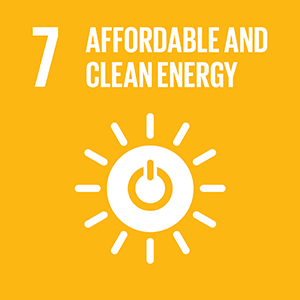
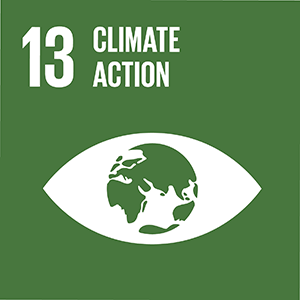

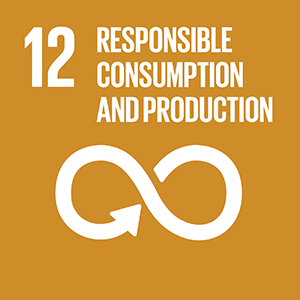
Energy Use
By powering the websites we build with renewable energy and offsetting our Chicago-based company’s greenhouse gas emissions, we support SDGs 7 (affordable and clean energy), 11 (sustainable cities and communities), 12 (responsible consumption and production) and 13 (climate action).
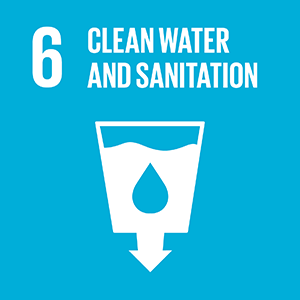

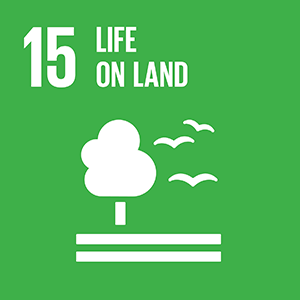


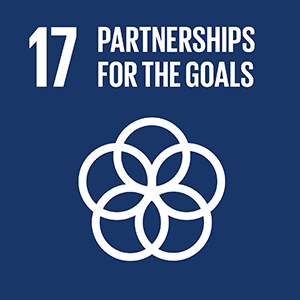

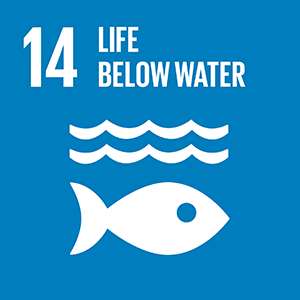
Environmental Advocacy
By joining 1% for the Planet and committing 1% of our top-line revenue to environmental nonprofits, we support SDGs 6 (clean water and sanitation), 7 (affordable clean energy), 11 (sustainable cities and communities), 12 (responsible consumption and production), 13 (climate action), 14 (life below water), and 15 (life on land). Our 1% membership also helps us foster productive partnerships with member nonprofits, which supports SDG 17 (creating strategic SDG partnerships).
Some of these partnerships in turn provide business referrals for us, helping the company generate sustainable profit. They also inform our efforts to create great customer experiences that have value beyond simply financial-based transactions.
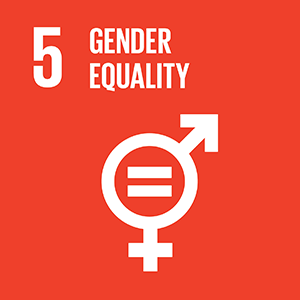

Women and Minorities in Leadership
Mightybytes is LGBTQ-owned and the majority of our company advisory committee is comprised of women, which supports SDGs 5 (gender equality) and 10 (reduced inequalities). While we don’t hire often, we actively pursue more cultural diversity in our staffing when we do.
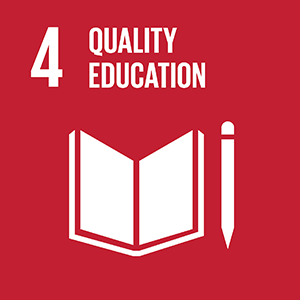

Many of our clients are in the education sector, which supports SDGs 4 (quality education) and, longer term, 8 (decent work and economic growth).

Finally, by helping values-aligned, mission-driven organizations find success, we support the majority of SDGs in some way. 90+% of our client base is comprised of nonprofits, community foundations, and mission-aligned businesses, such as other B Corps and social enterprises.
Measuring Progress, Making Improvements
As noted above, we didn’t originally set out to intentionally map our work to the SDGs. As we have been a Certified B Corp since 2011, the alignment just happened. We have an opportunity to be more intentional and action-oriented moving forward.
In terms of social innovation and our impact-driven business model, while we offer a green hosting package and create efficient, user-friendly digital products and services, there are no doubt many more ways Mightybytes could drive income while also fulfilling our mission to benefit society.
How we track all these goals over time could use some improvement as well. B Lab’s SDG Action Manager, a tool to help organizations better measure progress against the SDGs and their targets, will no doubt arm us with tools to align these efforts with specific internal projects and our day-to-day operations.
Moving Toward 2030: Not Business as Usual
For many, using sustainable development goals as a business framework can be a new way of thinking about how to run an organization. Purpose and profit are no longer mutually exclusive but rather interwoven with the fabric of how a company or nonprofit operates. You don’t have to become a Certified B Corp to create positive societal impact (though we think it certainly couldn’t hurt).
We encourage organizations of any size or type to join us in working toward the U.N. Sustainable Development Goals. The clock is ticking. People and planet notwithstanding, your organization will be all the better for it! For more information about implementing sustainable digital practices check out our post on the subject.
Not sure where to start?
Check out our SDG Report to learn how others use the U.N. Sustainable Development Goals to create meaningful change in their organizations.
Download the Report


